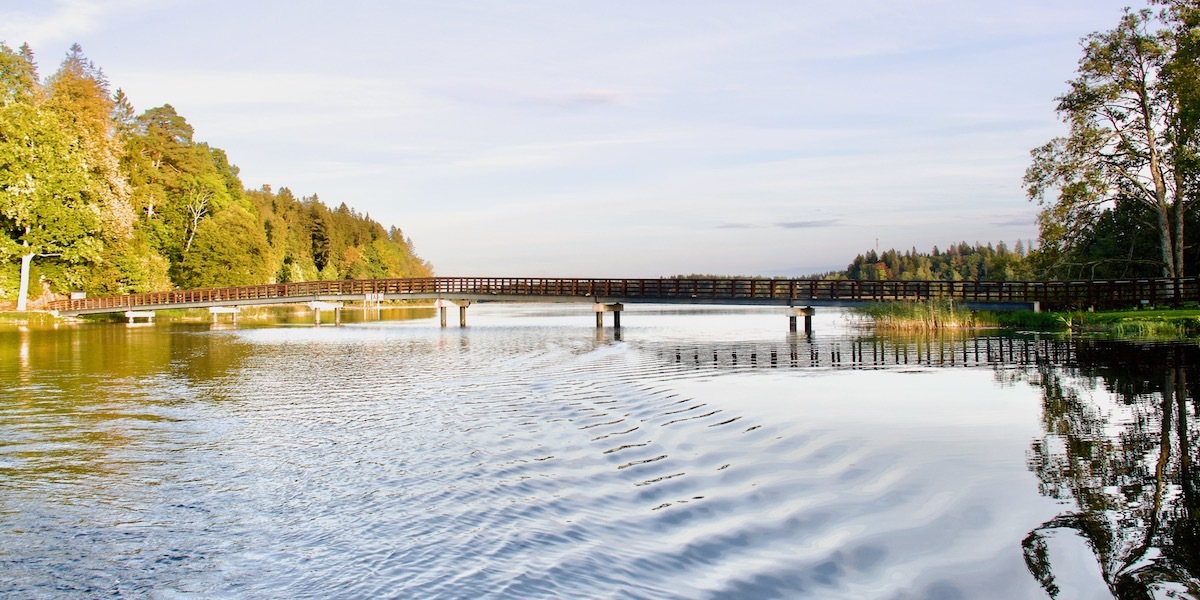
Alūksne in Latvia, has inherited some beautiful buildings and stunning parkland from its manorial Barons.
Amid the forests of Vidzeme, a region of Latvia, the fascinating town of Alūksne stretches along the shores of one of the largest lakes in the country, Lake Alūksne. This lovely town features historic buildings linked to the ancient Livonian Order and, more recently, the Baltic German aristocratic von Vietinghoff family. An additional delight is the opportunity to approach the town in the old-fashioned carriage of its narrow gauge railway (Gulbene-Alūksne bānītis).

The Narrow Gauge Railway in Alūksne, Vidzeme in Latvia
Alūksne is at the end of a thirty-three kilometre stretch of narrow gauge railway commencing at the neighbouring town of Gulbene. It is the only remaining part of the line between Pļaviņas to Valka line which was built in 1903. In those days, narrow-gauge railways were used to connect rural settlements to the broad-gauge network. Today a limited service operates between the two towns. The little station at Alūksne now features a museum in the old wooden luggage store. Also of great importance to the town, situated in its centre, is the Ernst Glück Bible Museum (Ernsta Glika Bībeles muzejs).

The Ernst Glück Bible Museum in Alūksne, Vidzeme in Latvia
The Ernst Glück Bible Museum is housed in a small, pavilion shaped building with a green metal roof. This building was originally part of the town market and has also housed a petrol station. Today it exhibits the work of one of the town’s most renowned residents, Ernst Glück. When Glück, a military chaplain, discovered the Bible had never been translated in Latvian he decided to translate it himself. A huge task most of which he completed after he was transferred to Alūksne, then a battle scarred town. In its single room the museum displays examples of the first Latvian printed Bible, dating from 1694 and using Glück’s translation – and an interesting collection of donated Bibles in various languages. Opposite this museum is the neoclassical Alūksne Evangelical Lutheran Church (Alūksnes evaņģēliski luteriskā baznīca).
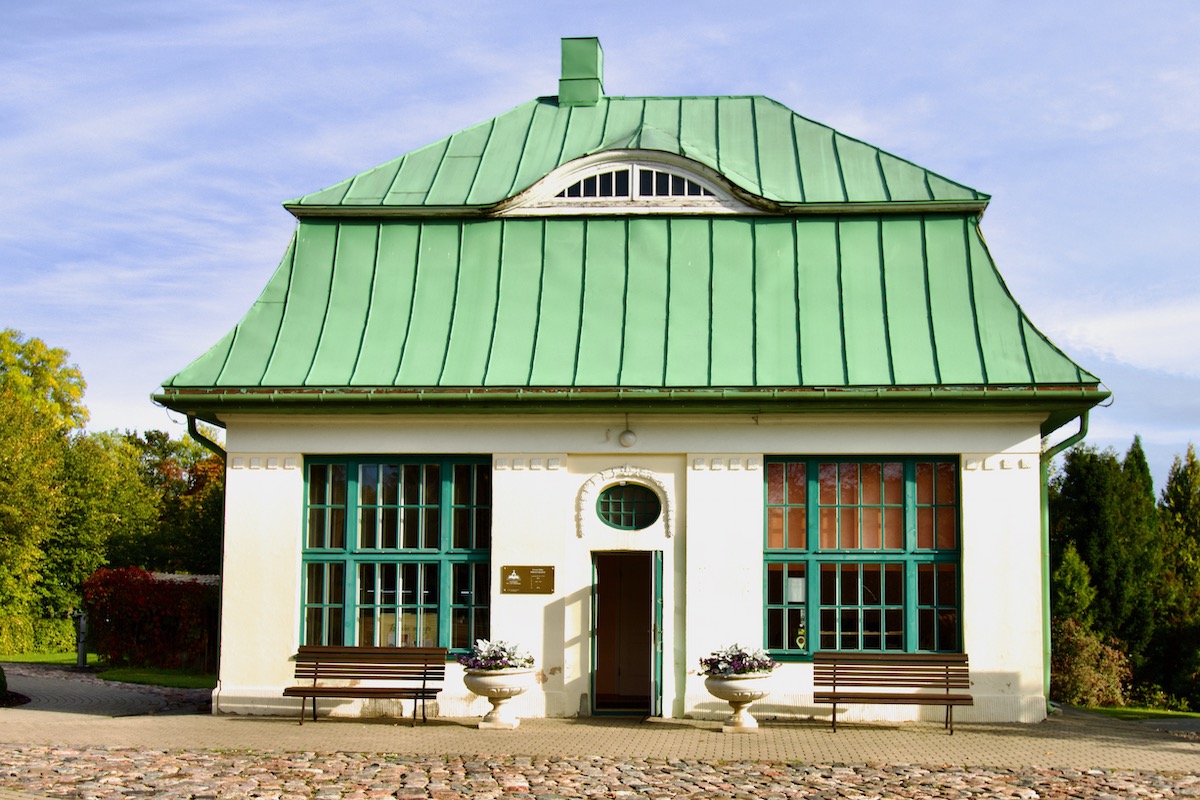
The Alūksne Evangelical Lutheran Church in Alūksne, Vidzeme in Latvia
The construction of the impressive Alūksne Evangelical Lutheran Church was instigated by Baron Otto Hermann von Vietinghoff in the 1780s. It is just one of this Baltic German’s family contributions to the town’s heritage. From the top of the church tower there is a good view of Lake Alūksne. The Baron instructed the builders to install a sturdy wooden staircase to ensure his guests could enjoy this view. The Baron had acquired the Manor of Alūksne in 1753 but it was his descendant, Baron Alexander von Vietinghoff, who commissioned the town’s most impressive building, the New Palace (Alūksnes Jaunā pils) in 1864, on the eastern side of the centre.
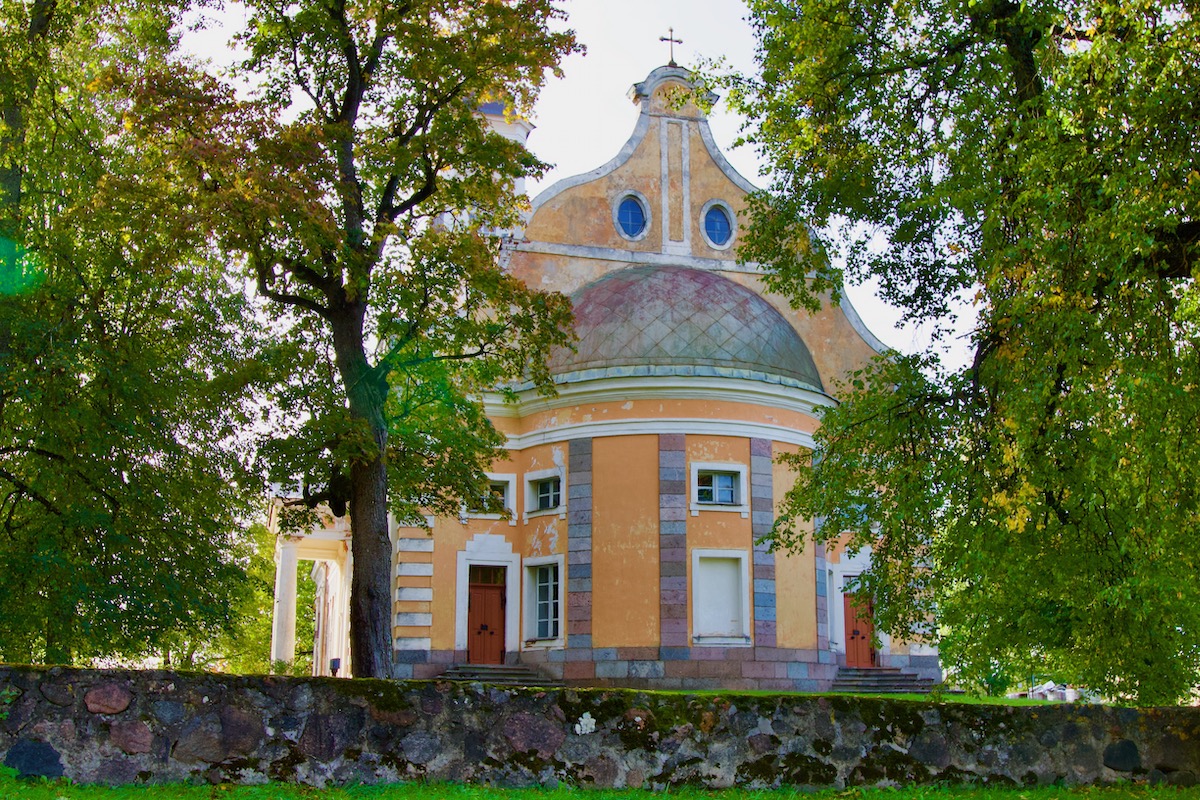
The New Palace in Alūksne, Vidzeme in Latvia
Alūksne’s New Palace is one of the best examples of the late Tudor neo-Gothic style architecture in Latvia. The last owner of the castle, Baron Arnold von Vietinghoff moved to Germany in 1918 taking some interiors and art works with him. Two years later the land and properties of Alūksne Manor were given to Latvian farmers during the Agrarian Reform. The palace housed an infantry regiment during Latvia’s first period of independence. In 1959 the Alūksne Museum was established in the palace. Exhibitions in the museum are changed on a regular basis and thematic expositions are dedicated to significant historical events. There are also spaces for art exhibitions celebrating the work of national and regional artists. A second museum, a private nature museum, ‘Environment Labyrinth’ is also housed in the palace and includes an unusual collection of fluorescent minerals. The New Palace is surrounded by the Alūksne Manor Park (Alūksnes muižas parks), an oasis of calm in the busy city.

Alūksne Manor Park in Alūksne, Vidzeme in Latvia
Alūksne Manor Park was created during the late eighteenth century and early nineteenth century on land sloping down to the shores of Lake Alūksne. Several small buildings were concealed in the wooded areas of this park include the wooden Alexander Pavilion (Aleksandra paviljons). It was named in honour of Tsar Alexander I, who visited the town. It overlooks the lake and was a favourite tea-drinking spot for the von Vietinghoff family. Two of Alūksne’s seven fountains sparkle above the waters of the lake in the park.
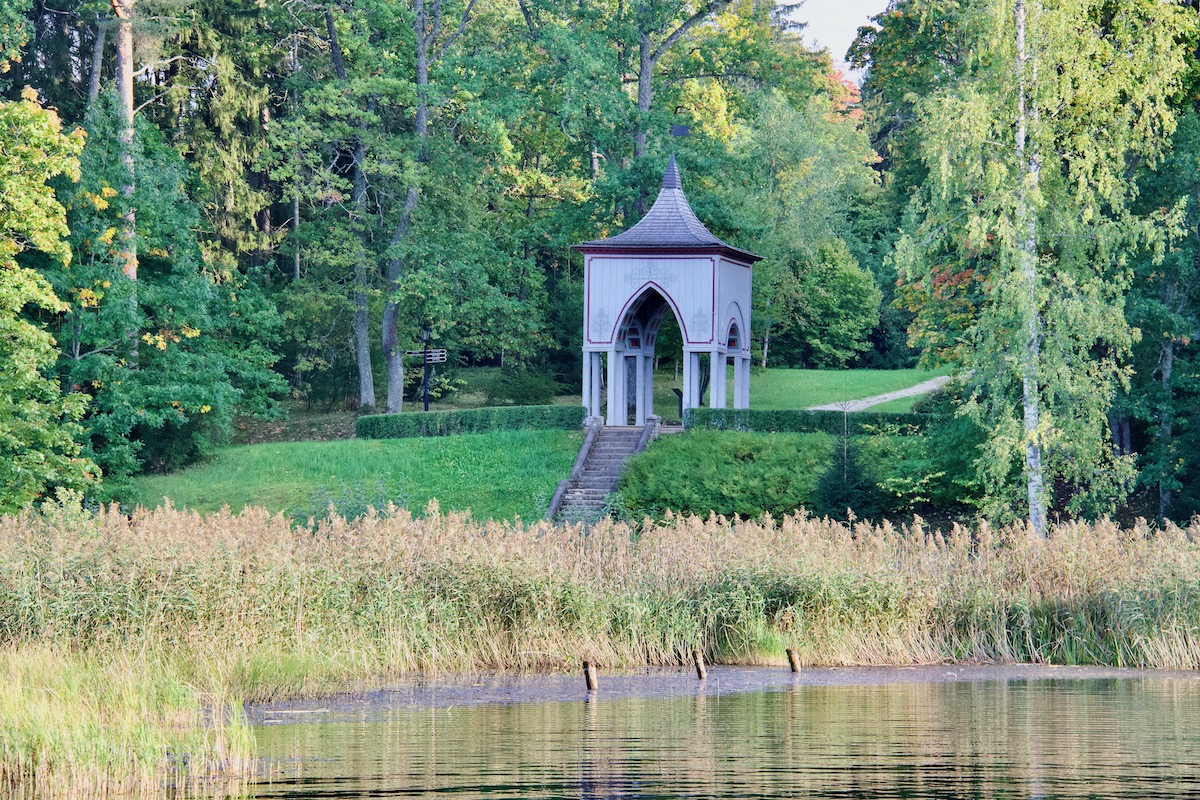
In 1974 Alberts Grīnieks, an Alūksne native, did something unusual. Despite not having a commission from any authority, he was inspired to build the first two fountains in Alūksne Manor Park. Five more fountains were built during the Soviet era, one in Lake Alūksne, one beside it, a third one in the Manor Park and two more in the Castle Park ponds on Castle Island. His love of fountains has been inherited by his descendants who take care of them and their illuminations. From Manor Park there is a good view of the Sun Bridge and the Temple of Glory on Temple Hill (Tempļa kalns).

Temple Hill in Alūksne, Vidzeme in Latvia
Alūksne’s ancient Latgalian castle was built on the artificially steepened Temple Hill but it was sacked during the Crusades. In 1807 Baron von Vietinghoff built a granite rotunda, the Temple of Glory (Slavas templis), on this site to commemorate the events of the Great Northern War in the town and to honour the military leaders of the combatants, Russia and Sweden. In 1937 an air bridge named the Sun Bridge, was constructed over the ravine at the bottom of the hill as a tourist attraction. This bridge was renewed in 1995. More recently a space with shade and seating has been created for visitors and fishermen. The hill is the central feature of Temple Hill Park (Tempļakalna parks) on the shores of Lake Alūksne.
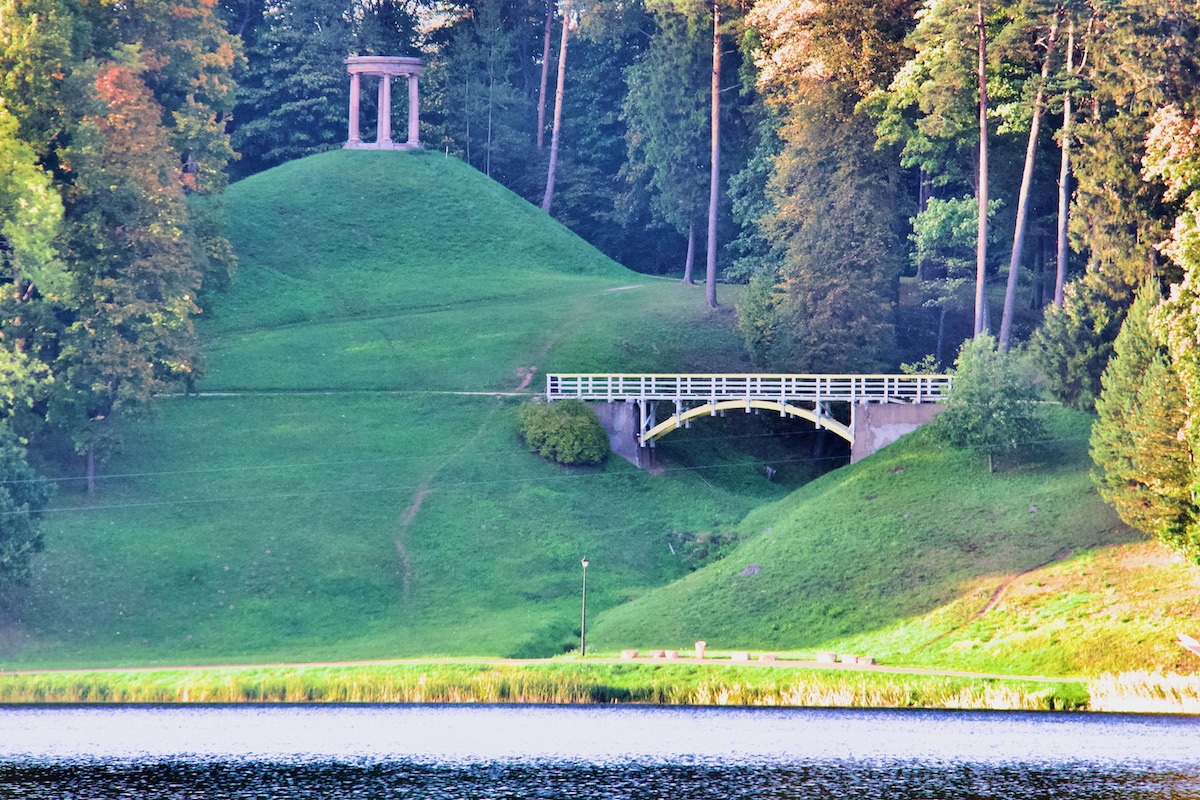
Temple Hill Park in Alūksne, Vidzeme in Latvia
Described as nature in the city, Temple Hill Park, stretching along the shores of Lake Alūksne has easy trails through woodlands. One of these trails passes the zip line tower for those who enjoy an adrenalin rush created by the 350 metre descent across Lake Alūksne. The same trail leads to Dēliņkalns the highest point in the Alūksne region. It is topped by the Dēliņkalns Sightseeing Tower. At the top of several flights of sturdy wooden steps is a glorious view across the lake and the woods that surround it.
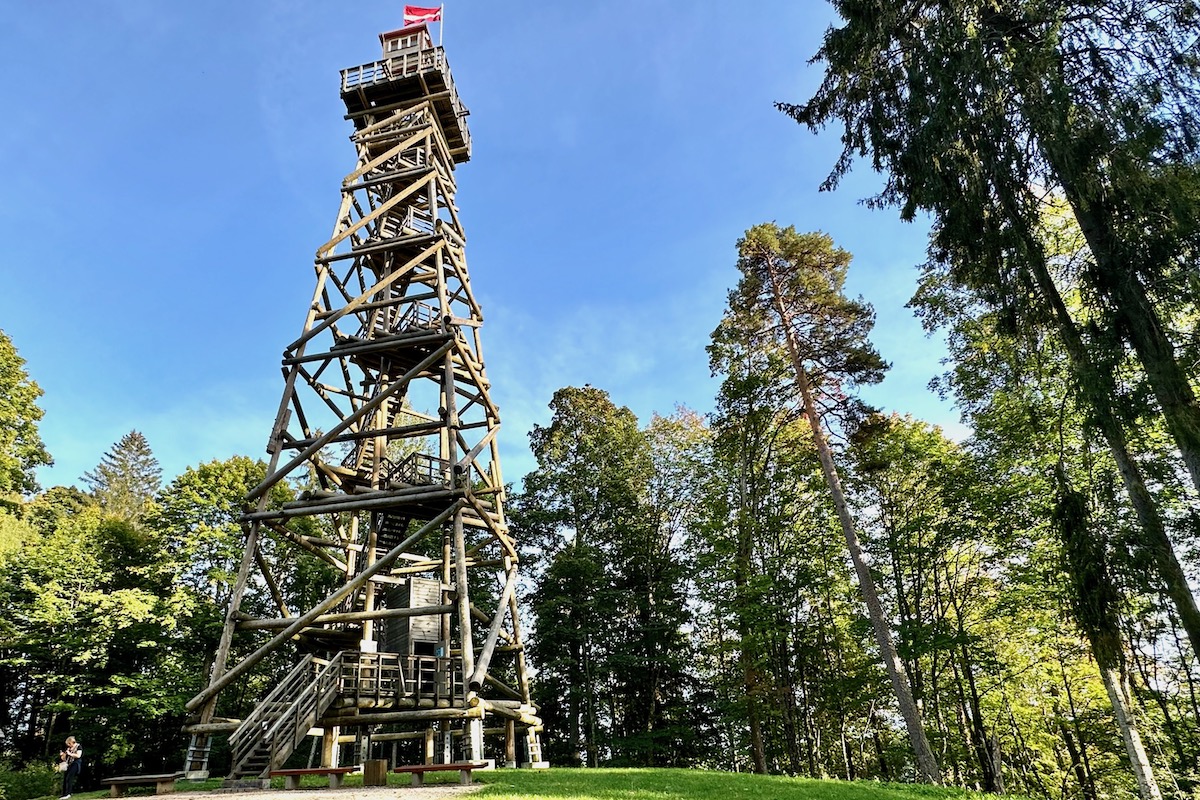
Temple Hill Park encompasses the unique Alūksne Big Cemetery (Alūksnes Lielie kapi) which is one of the biggest and oldest cemeteries in Latvia. It was created during the Great Northern War (1700–1721) and now incorporates several separate burial grounds. Every year on the first Sunday in August large crowds gather here to celebrate Memorial Day. The town invites past residents from all over the world to return home to join the party in memory of deceased ancestors. The park is also connected to the largest of four islands in Lake Alūksne, Castle Island, by a pedestrian bridge. This bridge on Tempļakalna street plays songs for the first fifteen minutes of every hour. Castle Island is home to the ruins of the Livonian Order Castle now incorporated into a large sports ground for all ages. One circular tower has been reconstructed.
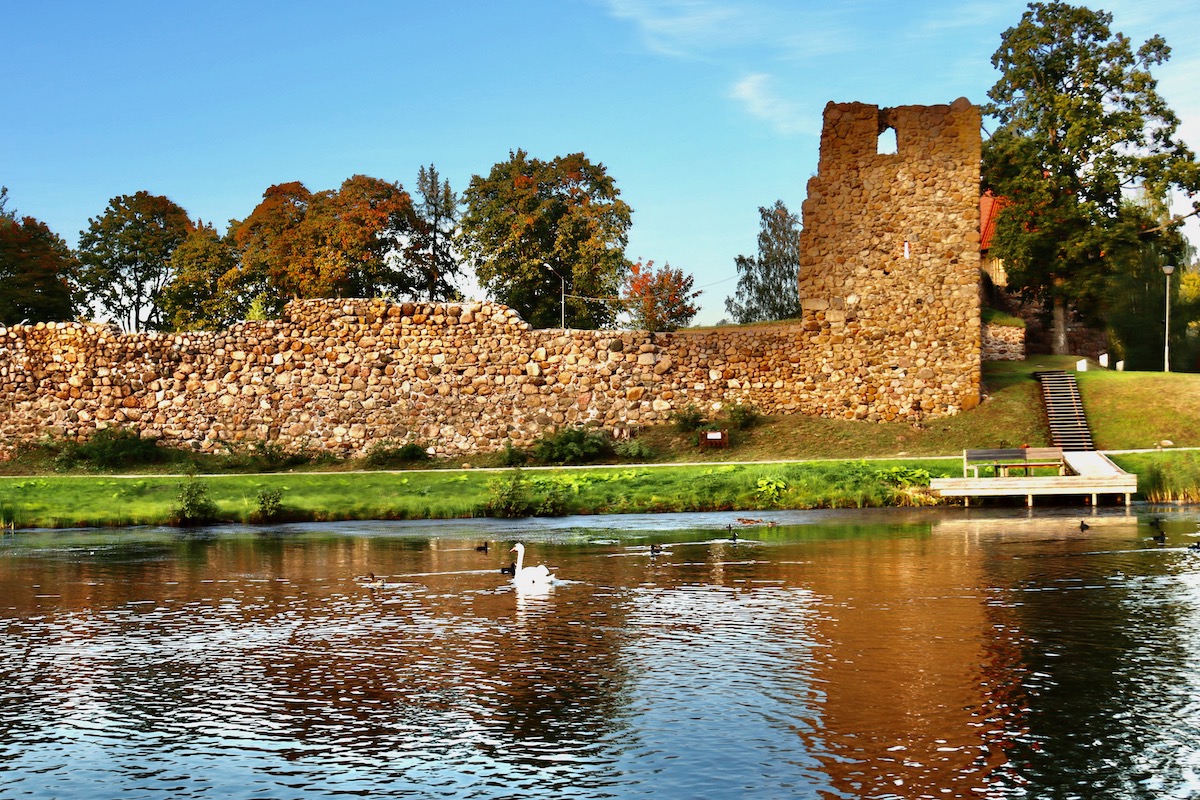
Some old Boat Sheds close to Castle Island on the shore of Lake Alūksne have been renovated and are now available as holiday accommodation.
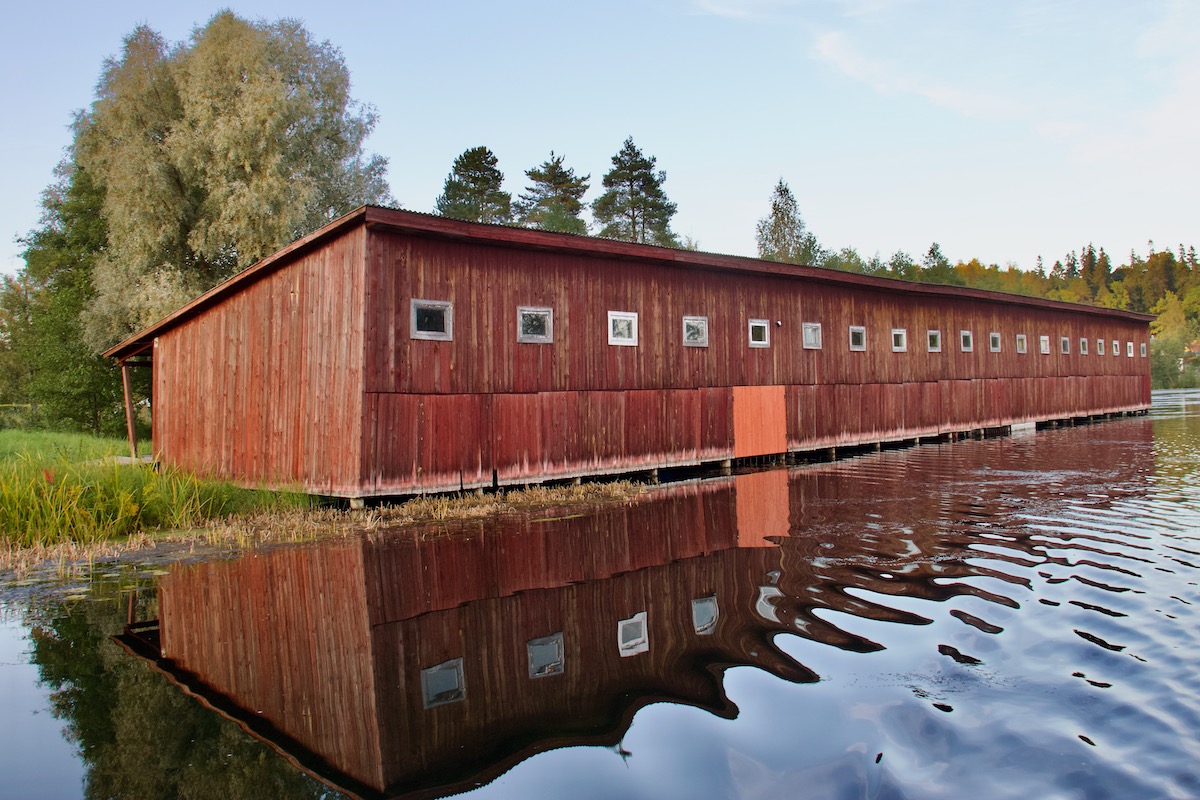
The far side of Castle Island is connected to the mainland by the wooden Castle Island Bridge (Pilssalas tilts). It was built by local residents during the Soviet era so the Song Festival could be held on the island. Opened in 1948 it has been rebuilt twice and then fully restored in 2007. Both the bridges and other attractions on and around the island are floodlit at night. A leisurely evening stroll along the shores of the lake, crossing Castle Island is the best way to end a day in Alūksne.
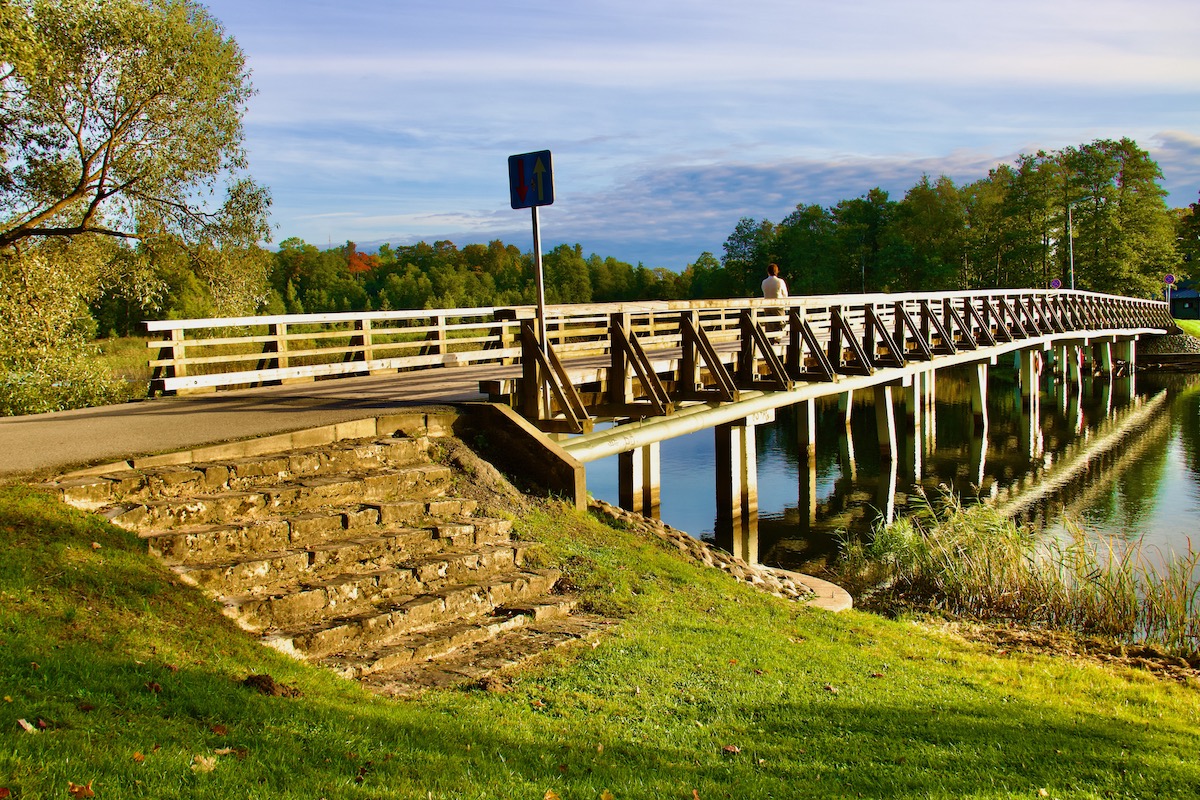
Discover more about Alūksne here
Available on GPSmyCity.com
This article is now featured on GPSmyCity. To download this article for offline reading or travel directions to the attractions highlighted in this article, go to Walking Tours in Alūksne on GPSmyCity
Valery Collins is the Experienced Traveller
 An excellent raconteur, Valery has been writing about her experiences on the road since she started travelling 25 years ago. After publishing four books she turned to online travel writing.
An excellent raconteur, Valery has been writing about her experiences on the road since she started travelling 25 years ago. After publishing four books she turned to online travel writing.